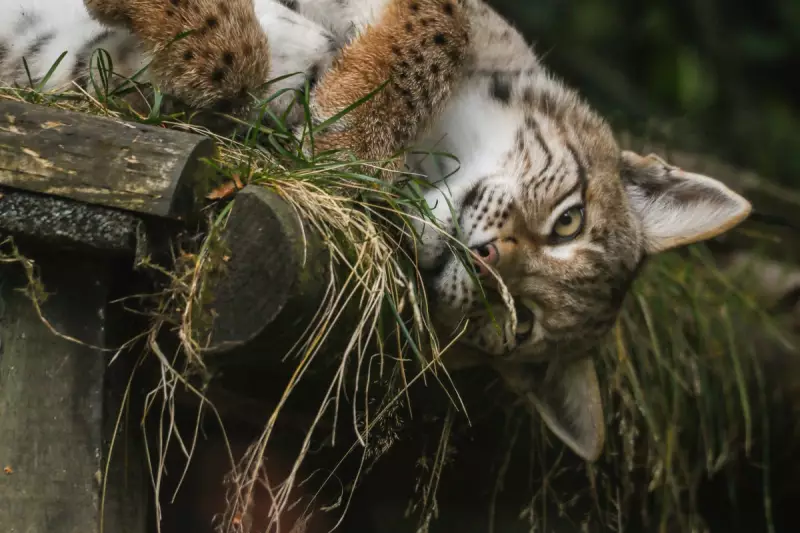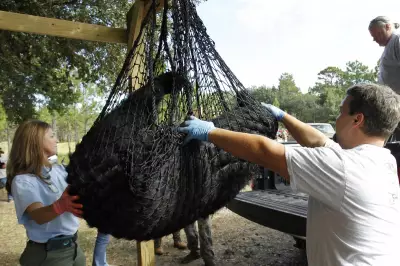
The Royal Zoological Society of Scotland (RZSS) has unveiled an ambitious strategy to welcome half a million visitors annually to the breathtaking Cairngorms National Park, marking a significant milestone in Scottish wildlife conservation and sustainable tourism.
A New Vision for Scottish Wildlife Tourism
This groundbreaking initiative represents a major commitment to balancing increased public engagement with enhanced conservation efforts across one of Scotland's most iconic landscapes. The Cairngorms, already celebrated for its diverse ecosystems and rare species, stands to benefit from both heightened awareness and crucial funding generated by the visitor increase.
Strategic Conservation Through Sustainable Tourism
The carefully crafted plan focuses on creating meaningful connections between visitors and Scotland's unique wildlife, while ensuring that conservation remains at the heart of all operations. By attracting more people to experience the park's natural wonders, RZSS aims to foster greater public understanding of environmental protection needs and generate essential revenue for ongoing preservation projects.
Economic and Environmental Benefits
This visitor boost is expected to deliver substantial benefits to both the local economy and wildlife conservation efforts. The increased footfall will support:
- Enhanced funding for endangered species protection programmes
- Job creation in rural communities surrounding the park
- Improved visitor facilities and educational resources
- Strengthened research capabilities for Scottish wildlife studies
A Model for Future Conservation
This initiative sets a new standard for how conservation organisations can successfully merge public engagement with environmental stewardship. The RZSS strategy demonstrates that with careful planning and sustainable practices, increased tourism can become a powerful tool for wildlife protection rather than a threat to natural habitats.
The Cairngorms National Park project represents a forward-thinking approach to conservation that other organisations worldwide may look to as a model for balancing public access with environmental preservation.





